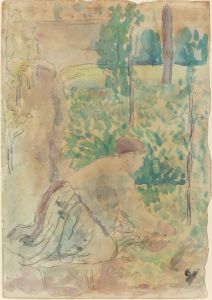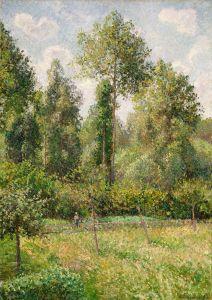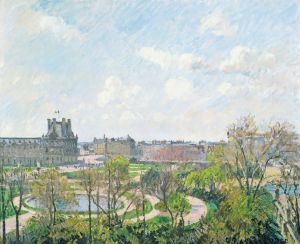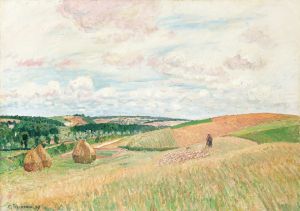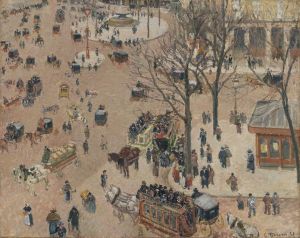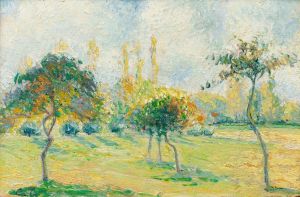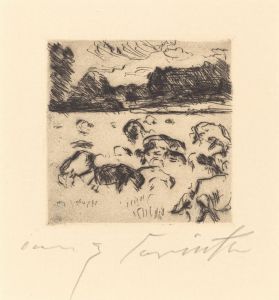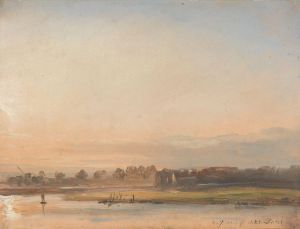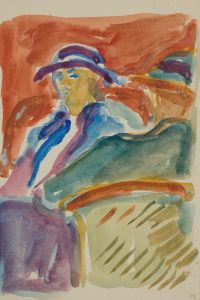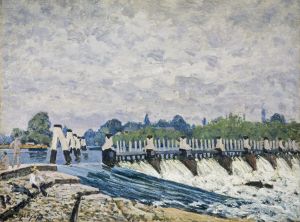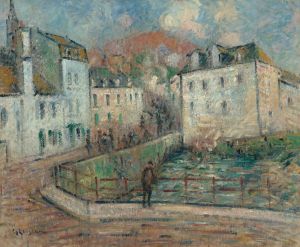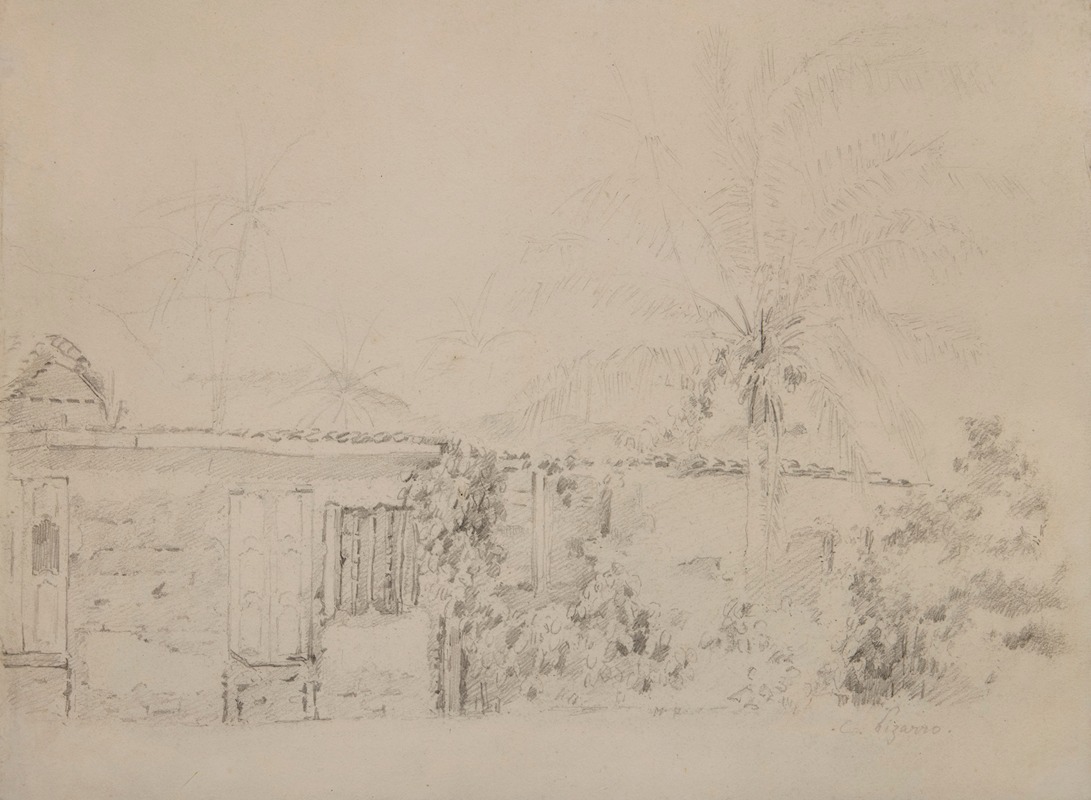
Houses and Palm Trees
A hand-painted replica of Camille Pissarro’s masterpiece Houses and Palm Trees, meticulously crafted by professional artists to capture the true essence of the original. Each piece is created with museum-quality canvas and rare mineral pigments, carefully painted by experienced artists with delicate brushstrokes and rich, layered colors to perfectly recreate the texture of the original artwork. Unlike machine-printed reproductions, this hand-painted version brings the painting to life, infused with the artist’s emotions and skill in every stroke. Whether for personal collection or home decoration, it instantly elevates the artistic atmosphere of any space.
Camille Pissarro, a Danish-French Impressionist and Neo-Impressionist painter, is renowned for his contributions to the Impressionist movement and his influence on the development of modern art. One of his works, "Houses and Palm Trees," exemplifies his artistic style and thematic interests. However, specific details about this particular painting, such as its creation date, current location, and historical context, are not widely documented or available in public records. Therefore, a comprehensive analysis of "Houses and Palm Trees" is limited by the lack of detailed information.
Camille Pissarro was born on July 10, 1830, on the island of St. Thomas in the Danish West Indies. He moved to Paris in 1855, where he became a pivotal figure in the Impressionist movement. Pissarro's work is characterized by his commitment to painting rural and urban French life, often focusing on landscapes, peasant scenes, and cityscapes. His style evolved over time, incorporating elements of both Impressionism and Neo-Impressionism, particularly the pointillist technique developed by Georges Seurat.
Pissarro's approach to painting was deeply influenced by his belief in capturing the natural world and everyday life. He often painted en plein air, or outdoors, to accurately depict the effects of light and atmosphere. His works are noted for their vibrant colors, loose brushwork, and attention to the changing qualities of light.
While "Houses and Palm Trees" is not one of Pissarro's most famous works, it likely reflects his interest in landscape painting and his ability to capture the essence of a scene with simplicity and clarity. Palm trees, a subject not commonly associated with Pissarro's more well-known works, suggest a setting that may be inspired by his early life in the Caribbean or his travels. However, without specific documentation, the exact inspiration and context for this painting remain speculative.
Pissarro's legacy is significant in the history of art. He was a mentor to several younger artists, including Paul Cézanne and Paul Gauguin, and played a crucial role in organizing the first Impressionist exhibition in 1874. His dedication to the Impressionist ideals of capturing modern life and his openness to new techniques and ideas made him a central figure in the movement.
In summary, while "Houses and Palm Trees" by Camille Pissarro is a testament to his skill and artistic vision, detailed information about the painting is scarce. Pissarro's broader body of work, however, continues to be celebrated for its innovative approach and its impact on the trajectory of modern art. His paintings remain influential, and his contributions to the Impressionist and Neo-Impressionist movements are well-documented and appreciated by art historians and enthusiasts alike.






